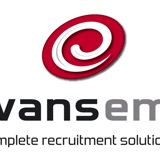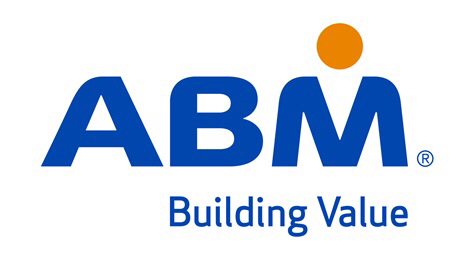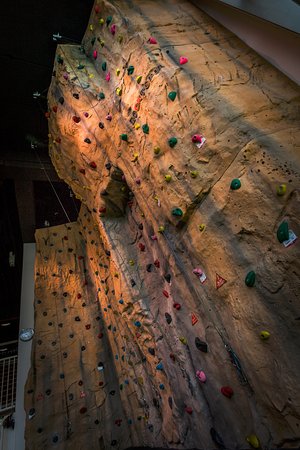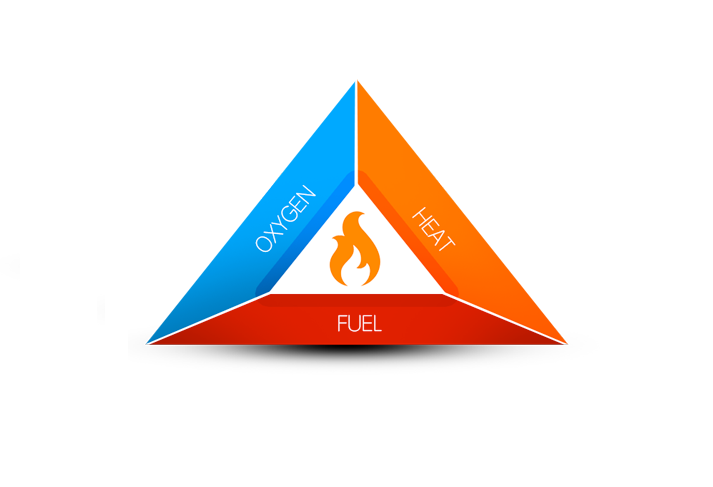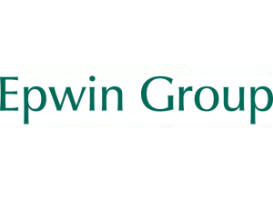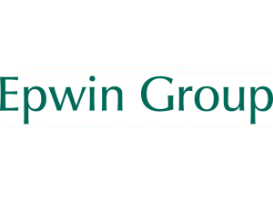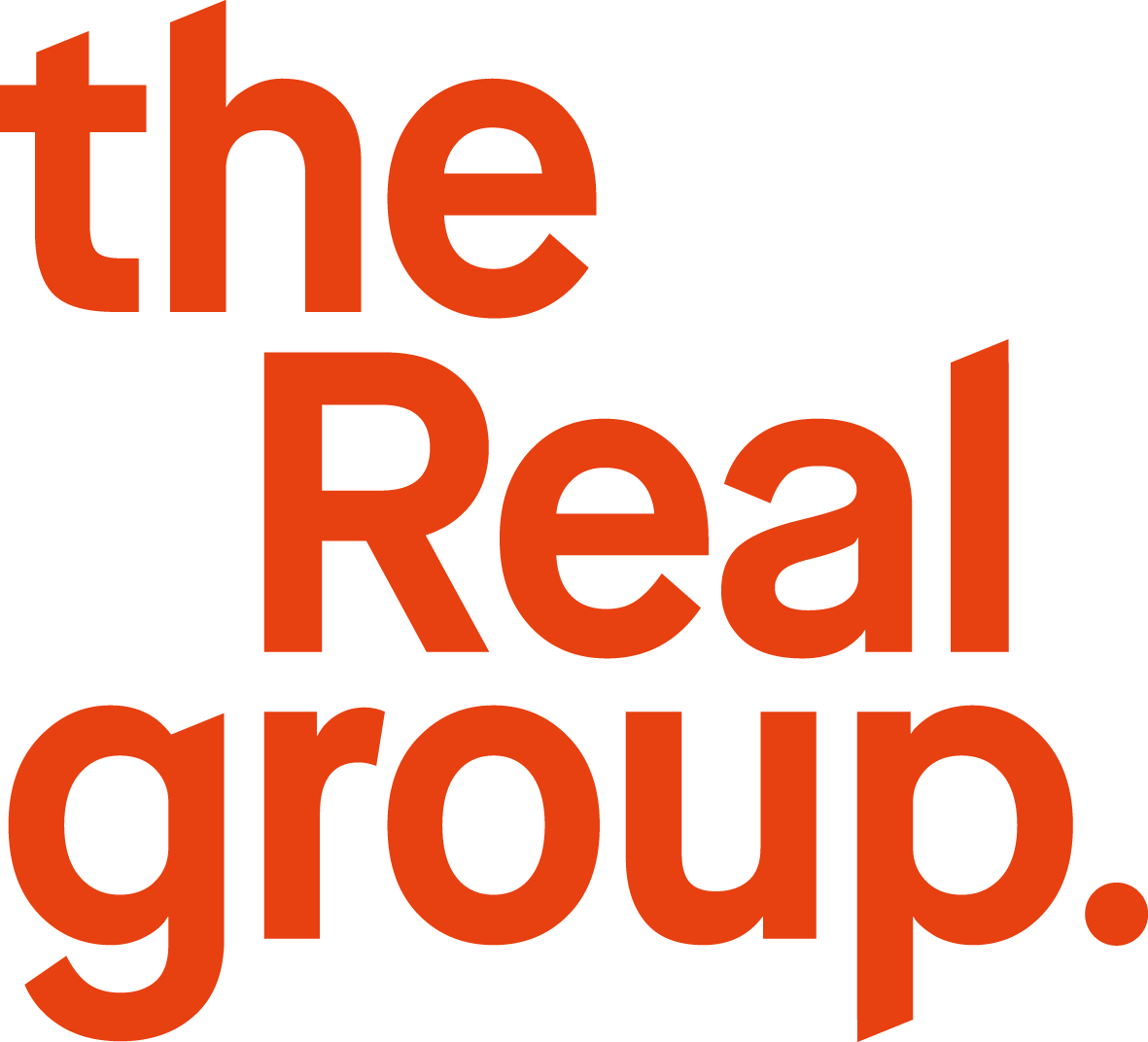Information
-
Audit Title
-
Document No.
-
Client / Site
-
Conducted on
-
Prepared by
-
Location
-
Personnel
1. Working at Heights
-
1.1. Is there a fall risk of 2m or more? (Inc Voids, Pits & Trenches)
-
1.2. Is there a lack of edge protection?
-
1.3. Is there unsafe or incomplete edge protection?
2. Plant and Equipment
-
2.1. Is there Unsafe or damaged plant/equipment? (including missing or damaged guards)
-
2.2. Is there Incorrect plant /equipment for job? (e.g. grinding discs for cutting)
-
2.3. Is there unsafe or incompatible attachments used with plant/equipment?
-
2.4. Are there any unlicensed operators?
-
2.5. Are there sufficient safe work instructions?
-
2.6. Has there been sufficient training in safe operation, clean-up and maintenance?
-
2.7. Has there been sufficient training of LOTO (lock out, tag out) procedures for cleaning, servicing and maintenance?
-
2.8. Is there a lack of inspection regime?
-
2.9. Are vehicle stands marked with SWL?
-
2.10. Is the forklift serviced regularly?
-
2.11. Are daily checks conducted on the forklift?
-
2.12. Have all attachments to the forklift been approved by an engineer and does the compliance plate on the forklift reflect these attachments?
-
2.13. Are warning lights and reversing beepers operating?
-
2.14. Does the operator hold appropriate certificate / licence?
-
2.15. Are manufacturers and designers operating instructions available for all plant?
-
2.16. Are hand tools in good condition?
-
2.17. Are handles and shafts free from splits, deep cuts and damage?
-
2.18. Are hand tool heads checked regularly to ensure they are secured?
-
2.19. Are portable power tools in good condition?
-
2.20. Are adequate storage facilities provided?
-
2.21. Do staff use power tools correctly with RCD's?
-
2.22. Are all guards in place?
-
2.23. Do staff correctly use pressure equipment?
-
2.24 Is compressed air equipment maintained on a regular basis, and is this maintenance recorded?
-
2.25. Are gas cylinders correctly stored - secured by chain or bar?
-
2.26. Are welding screens or curtains in place when welding?
-
2.27. Are all gas cylinders turned off and hoses rewound when not in use?
-
2.28. Are welding hoses and leads in good condition?
-
2.29. Are flashback arrestors in place?
-
2.30. Is PPE available and used for welding?
-
2.31. Is a fire extinguisher located in the area?
-
2.32 Is the workbench / area tidy?
-
2.33. Is the required signage and safety instructions displayed?
-
2.34. Is an eyewash station available?
-
Add media
3. Scaffolds
-
3.1. Are any unlicensed persons erecting scaffold above 4m?
-
3.2. Is there any unsafe or incomplete scaffold?
-
3.3. Is there sufficient inspection protocol for scaffold?
-
3.4. Is there Incompatible scaffold components? Unlabelled or do not meet AS?
-
3.5. Has Safe Work Load (SWL) been exceeded? (tools, stored materials, number of persons)
4. Lifting Equipment
-
4.1. Is there any loads lifted over persons, close proximity to obstacles incl. overhead power lines?
-
4.2. Is there a lack of maintenance, testing and inspection?
-
4.3. Is there sufficient SWL information displayed?
-
4.4. Is there a daily inspection protocol?
-
4.5. Is there unsafe or damaged lifting equipment, including ropes, slings, chains, hooks?
-
4.6. Is there any lifting equipment unlabelled, does not meet AS, no SWL displayed?
-
4.7. Are there any unlicensed operators?
-
4.8. Is there any SWL of plant or any lifting equipment exceeded?
-
4.9. Is all lifting gear tagged, current, stored, appropriately and in good condition?
-
4.10. Is the SWL displayed on relevant lifting equipment (including lifting beams)
-
4.11. Is the correct lifting equipment being used for lifting activities?
5. Harness and Equipment
-
5.1. Is there any unsafe or damaged harness or equipment?
-
5.2. Is there any incompatible hooks/equipment?
-
5.3. Is there any unlabelled or does not meet Australian Standards Harnesses or Equipment?
-
5.4. Is there any unsafe or uncertified anchor points?
-
5.5. Is there a inspection protocol for equipment?
-
5.6. Has there been formal training for operators?
6. Ladders
-
6.1. Are ladders in good condition?<br>(No domestic ladders on site)
-
6.2. Is there unsafe positioning of ladders?
-
6.3. Are there any unsecured ladders?
-
6.4. Are there any ladders unsuitable for job? (e.g. metal ladder used for electrical work)
7. Hazardous Manual Tasks
-
7.1. Is there a identification hazardous manual tasks?<br>
-
7.2. Is there a assessment of hazardous manual tasks?
-
7.3. Is there any risk controls? (examples: no job rotation, lighter loads, trolleys, lifting equipment, etc)
-
7.4. Has sufficient training been given for risk controls and safe lifting/ team lifting techniques?
8. Hazardous Chemical (including fuel and oil)
-
8.1. Is there any unsafe storage locations? (e.g. flammables near ignition sources, spills could enter storm water drains, etc)
-
8.2. Is there any incompatible chemicals stored near each other?
-
8.3. Is there any spill containment equipment?
-
8.4. Are there Safety Data Sheets available on site?
-
8.5. Is there a emergency procedure for injury/spills/fire etc?
-
8.6. Is there any excessive quantities stored on site or in vehicles?
-
8.7. Is there sufficient ventilation?
-
8.8. Is there any Insufficient, or incorrect, PPE?
-
8.9. Is there any unsuitable storage containers? (unlabeled or stored in food containers)
-
8.10. Have all chemicals been identified?
-
8.11. Are all chemicals correctly stored?
-
8.13. Are containers we'll marked/labelled correctly?
-
8.14. Is there appropriate ventilation for both use and storage?
-
8.15. Are Material Safety Data Sheets (MSDS) provided and available to all staff?
-
8.16. Is there a MSDS register available on site? (Check if several hazardous substances found in the workplace are in the register)
-
8.17. Is there an appropriate decanting system in place for hazardous substances?
-
8.18. Is a spill kit available?
9. Fire protection & Emergency Response
-
9.1. Are written procedures / plans in place and current?<br>
-
9.2. Are emergency procedures displayed on site?
-
9.3. Does a minimum of 2 practice drills occur per year?
-
9.4. Is there any unsuitable or inadequate communication equipment?
-
9.5. Are inspection tests up to date for: Fire extinguisher & Hose reels?
-
9.6. Is Fire equipment marked with a location and identification marker?
-
9.7. Are all Fire extinguishers accessible and clear from obstruction?
-
9.8. Are assembly areas allocated and understood?
-
9.10. Are warning systems clear (Audible) in all areas?
-
9.11. Are all exits kept clear?
10. First Aid
-
10.1 Are sufficient first aid kits available at the workplace?
-
10.2. Are first aid kits checked on a regular basis?
-
10.3. Is all content in date? (Check expiry dates)
-
10.4. Do the contents of the kits agree with the content list?
-
10.5. Are first aid officers identities displayed?
-
10.6. Are emergency telephone numbers displayed?
-
10.7. Are all injuries reported and recorded? (View books and forms)
-
10.8. When first aid equipment is used, is it recorded?
-
10.9 Is a sharps kit available?
11. Traffic Management
-
11.1. Is there a sufficient Traffic Management Plan (TMP) in place?
-
11.2. Has all persons on site been given training for TMP?<br>(Inc contractors and visitors)
-
11.3. Is there sufficient controls for TMP? (physical barriers, bollards, speed limits, flashing lights, spotters, etc)
12. Personal Protective Equipment (PPE)
-
12.1. Is appropriate PPE available and being used and maintained correctly?
-
12.2 Is adequate signage in place where PPE is required to be used?
-
12.3. Is all PPE maintained in good condition?
-
12.4. Are respirators stored correctly?
-
12.5. Is there a system in place to issue, inspect, replace and monitor PPE?
-
12.6. Has appropriate training been given in safe use, clean up and inspection of PPE?
13. Electrical Hazards
-
13.1. Is electrical equipment tested and tagged on a regular basis?
-
13.2. Is the workshop protected by Residual Current Device's (RCD)
-
13.3. Are RCD's manually tested to ensure correct operation?
-
13.4. Are correct power boards used? (No double adaptors or piggy back plugs)
-
13.5. Is clear access provided to switchboards?
-
13.6. Are switchboards in good condition?
-
13.7. Are there contact with underground assets?
-
13.8. Is there contact with overhead electrical lines?
-
13.9. Are leads placed on the ground or on metal structures?
-
13.10. Is there electrical equipment near water?
-
13.11. Is electrical equipment near flammable?
-
13.12. Are electrical equipment near chemicals that could cause damaged?
-
13.13. Are electrical leads in contact with moving machinery parts?
-
13.14 are electrical leads on work surfaces?
-
13.15. Are there LOTO (Lock-Out/Tag-Out) procedures for electrical equipment?
14. Environmental Hazards
-
14.1. Is a Environmental Management plan (EMP) in place?
-
14.2. Is there a dust suppression system?
-
14.3. Is a system in place to prevent contaminants entering stormwater drains?
-
14.4. Is a water re-use system in place?
15. Work Environment
-
15.1. Are washroom and lunchroom facilities available?
-
15.2. Is there sufficient lighting?
-
15.3. Is the outside area kept clean and tidy?
16. Noise
-
16.1. Is the hearing protection provided appropriate for the level of noise emitted?
-
16.2. Are earmuffs correctly maintained? (Check some earmuffs)
17. Signage
-
17.1. Are relevant signs displayed near equipment?
-
17.2. Are unauthorised entry signs displayed?
-
17.3. Are signs in good condition? (Not faded)
-
17.4. Are sufficient signs in use - internally and externally?
-
17.5. Are out of service / danger tags available for use?
18. Administrative Procedures
-
18.1. Is the WH&S policy displayed?
-
18.2. Is the Rehabilitation Policy displayed?
-
18.3. Is the emergency evacuation plan or procedure displayed?
-
18.4. Is there a sufficient induction for workers, contractors and visitors?
-
18.5. Is there sufficient supervisory arrangements?
-
18.6. Is there sufficient training, licences, skills & experiences?
-
18.7. Is there a Safe Work Method Statement for high risk work?
-
18.8. Is there a incident notification procedure?
-
18.9. Is there sufficient routine, inspections, monitoring & audits?
19. General
-
19.1 Are all work areas maintained in a clean and tidy state?
-
19.2. Are scrap metal bins provided and does regular waste removal occur?
-
19.3. Are there adequate storage facilities?
-
19.4. Do staff use good stacking and storage practices?
-
19.5. Are items stored in their designated areas in the storage facilities provided?
-
19.6. Are isles kept clear at all times? (No trip hazards)
-
19.7. Are incident / injury forms available?
-
19.8. Are hazard report forms available?
-
19.9. Are barriers / guards adequate to prevent fall hazards?
-
19.10. Are risk assessments carried out on the use of plant equipment?
20. Other
-
20.1.
-
20.2.
Corrective Actions
-
Enter any corrective actions that will be undertaken
Sign Off
-
On site representative
-
Auditor's signature
